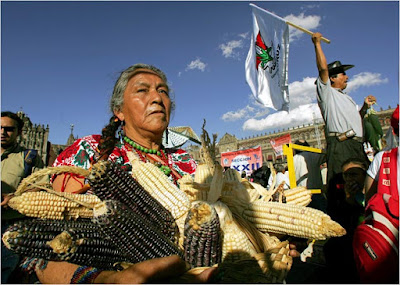
� Our wild, wet winter doesn�t change this reality �California will be short of water forever � By Jay Famiglietti and Michelle Miro* for the Los Angeles Times , March 7, 2017 [�.] All winter, Californians have been asking one question: Is the drought finally over? The federal monitor shows just a few lingering tan and yellow patches in Southern California, but for scientists, the beginning and end of drought conditions are exceptionally difficult to pinpoint. Still, after only a few more serious encounters with the �Pineapple Express,� Gov. Jerry Brown may well declare the state�s 3-year drought emergency over. Which leads us to the second most frequently asked question of this unusually wet winter: What�s our water future? The answer has been clear for a while: It�s going to be a lot like our water past, but more so � California is, was and will be chronically water short. The drought has underlined three important realities that aren�t going to change. First, the way municipalities ...




